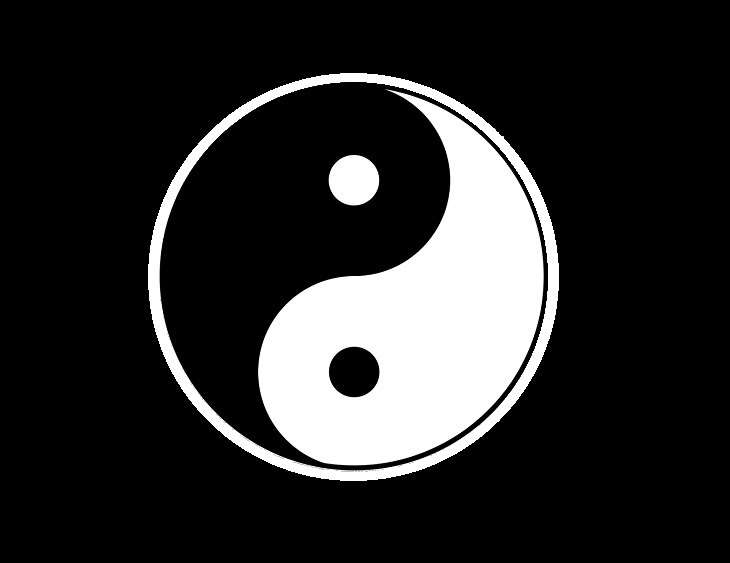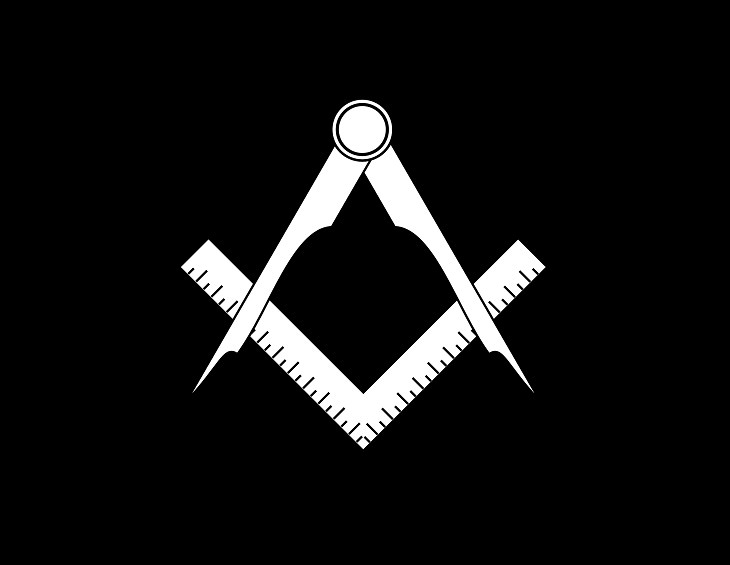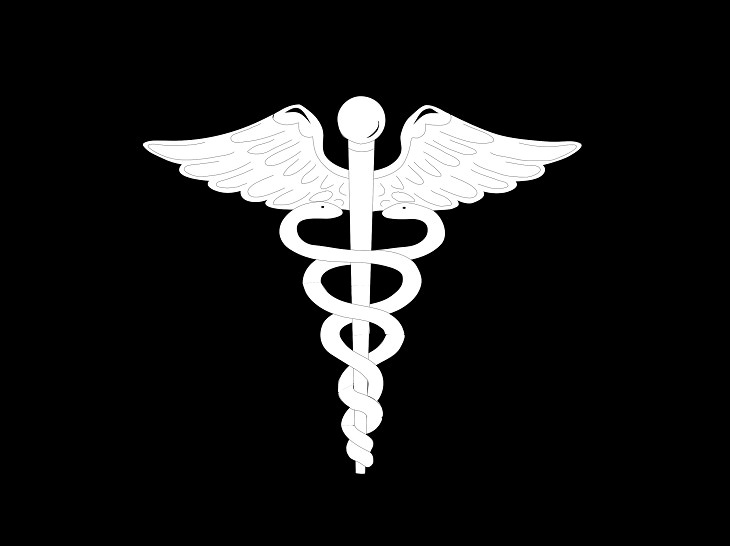
Though it often goes unnoticed, symbolism is a major part of how we communicate, both in extraordinary circumstances and in everyday life. For millennia, symbols have been used to signify beliefs, ideals, emotions, and actions, among many other things. Dating back to the days of the ancient Egyptians who used hieroglyphics to tell their stories, symbolic images have played a great role in signifying events and ideas.
The emoticons often used in texting and social media are the most modern form of symbols and continue to be developed to describe everything. Different countries and organizations don flags and logos to symbolize their presence. Everywhere you look, there is a myriad of insignias and emblems that tell us exactly what we need to know in a single image. You've likely come across these famous symbols on numerous occasions, in books or while traveling, in logos, emblems, designs, and a myriad of other sources. But do you know the true meanings behind them or where they came from? We're here to give you a little insight into these commonly seen signs and symbols.

(Pixabay)
The heart is a pretty commonplace symbol, mostly used to denote love and affection, despite its appearance having very few similarities to the shape and structure of the human heart. The exact origin of this symbol is difficult to track, but many believe that the shape originated from ivy leaves, which were once associated with fertility. Others theorize that this symbol gained fame because of its resemblance to Silphium seedpods, giant fennel used by Ancient Romans and Greeks as a form of birth control.

(By Kenny Shen, Wikimedia Commons)
This Ancient Chinese black-and-white sphere is usually used to symbolize perfect balance, the dichotomy of life, the presence of light and dark, good and evil. This symbol is meant to represent opposites in general and in cycles, like night and day, or winter and summer. According to Chinese cosmology, the universe was born out of a chaotic swirl of material energy, which organizes itself into cycles, creating Yin and Yang. From this dichotomy, all objects and life are formed.

(Pixabay)
You’ve probably seen this curvaceous sign out of the corner of your eye, in works of art and even coats of arms. This symbol originated in France, with ‘Fleur’ being the French word for Flower, and ‘Lis’ (or Lys) meaning Lily. That is because this image is a stylized lily, modified from the image of the Gaulish Lily which represents the Virgin Juno, and is also believed to have several religious meanings, the most prominent of which is the Triple Goddess. This motif not only symbolizes French Royalty, but also light, life, and perfection.

(By Stannered, Wikimedia Commons)
While the Pentagram is commonly associated with Satanic rituals, it is mostly viewed as a symbol of faith for Wiccans, those who practice witchcraft. Though they have much significance in the occult, they were also a frequently used symbol in Babylonia and Ancient Greece. It was also used by Christians earlier as a representation of the 5 wounds of Jesus, and made an appearance in Da Vinci’s Vitruvian Man. According to Wicca, the tip of the star represents Mother Earth or Gaia, and the other 4 points of the star represent the elements: wind, water, fire, and earth. It is believed that wearing a pentagram can protect the wearer from evil.

(Pixabay)
This symbol has been universally accepted as the sign for peace, popularized after World War II by Pablo Picasso’s artwork, and skyrocketed into cultural and media fame with the hippie movement and anti-war protests in the 1970s. It was first created by Gerald Holtom, a British designer, as the logo for the British CND, the Campaign for Nuclear Disarmament. Holtom perceived the symbol as a man with his arms outstretched in pain and despair, meant to represent the result of nuclear arms proliferation.

(Needpix)
Also known as the Triquetra, a Latin word meaning ‘three-cornered’, this symbol consists of three arcs interlaced, and is used frequently in architectural and ornamental designs. It is often seen interlaced with triangles, circles, and other shapes to create intricate aesthetics. It has a number of meanings, the first being a representation of the simplest possible knot. It is also meant to represent faith, belief, and devotion to God, with its three segments denoting the Holy Trinity. As devotion is intrinsically linked with its symbolism, it is often seen in Celtic engagement and wedding rings.

(Pixabay)
The Masonic Square is one of the most well-known symbols of Freemasonry, a fraternal organization of stonemasons that first congregated in the 14th century and continues to be the focal point of numerous conspiracy theories. This symbol depicts a square and a compass intersecting, meant to be a symbol for the tools of the architect. Though the Freemasons are non-dogmatic and entertain few general symbols, this one was interpreted as: “The square, to square our actions; The compasses, to circumscribe and keep us within bounds with all mankind”.

(Pixabay)
This symbol consists of a short staff with wide wings and two serpents entwined around it. Today it stands as a symbol of commerce and can also be seen on numerous emblems, coats of arms and flags across the world, including those of Finand, Vancouver Island, and Brisbane. It has also been depicted in numerous works of art and is the staff carried by Hermes, in Greek Mythology. The oldest known depictions of Caduceus have been unearthed in Ancient Mesopotamian culture and is meant to signify trade, commerce, occupations, and undertakings for God.